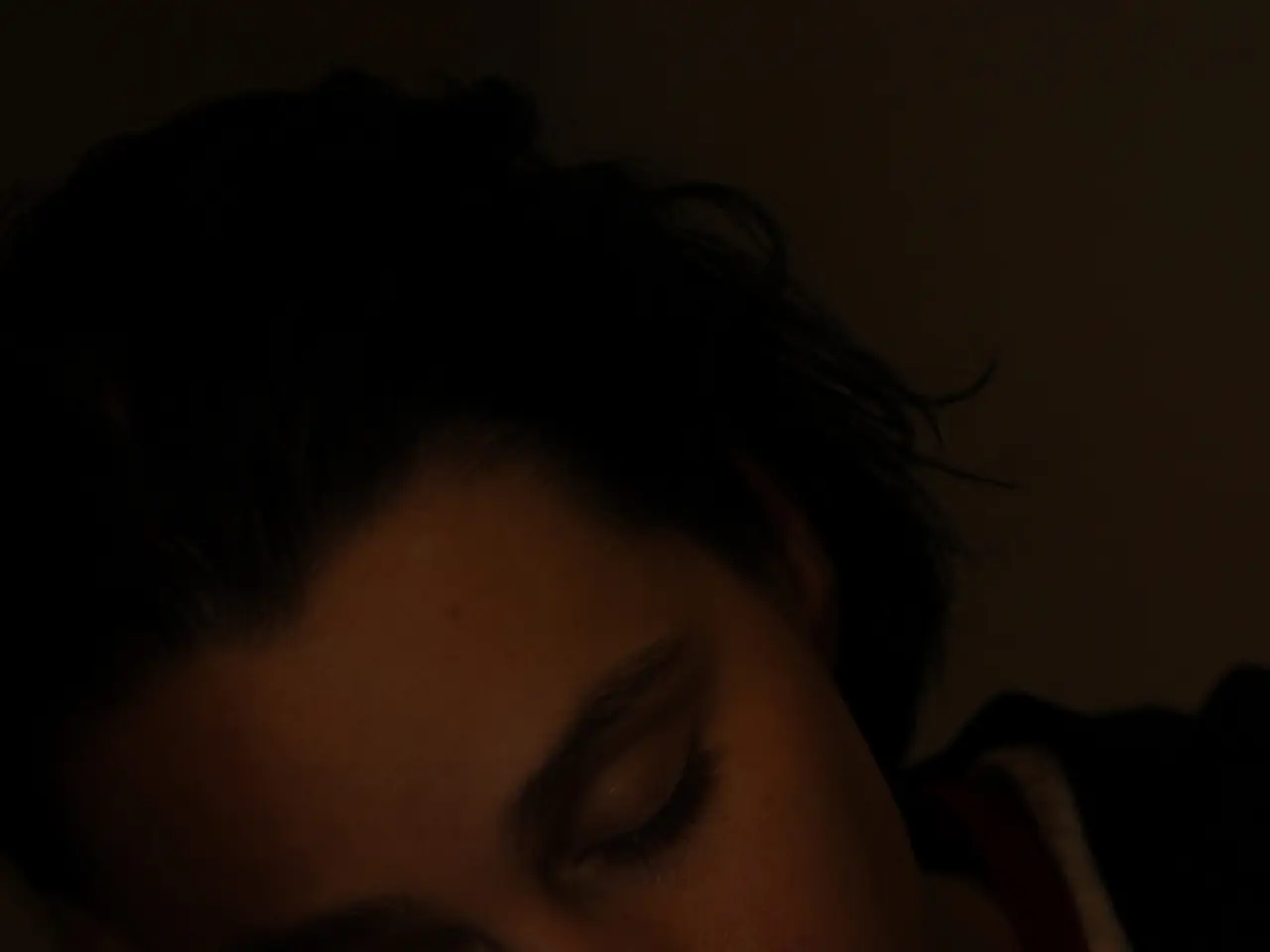Sexual sleep disorder, known as Sexsomnia, existence questioned - potential undetected cases suggested
Sexsomnia: A Rare Sleep Disorder
Sexsomnia, a little-known sleep disorder, is characterized by involuntary sexual behaviors during sleep. Although it's considered uncommon, research suggests that it is more prevalent in men than women [3].
Prevalence and Triggers
The exact prevalence of sexsomnia is not well-established due to underreporting and limited research. However, it is understood to be relatively uncommon among the general population [3].
Several factors can trigger or associate with sexsomnia, including other parasomnias, sleep-related seizures, chronic insomnia, restless legs syndrome, narcolepsy, bruxism, psychological stress, alcohol and drug use, certain medications, neurological issues, and sleep deprivation [2][4].
Symptoms
The hallmark symptom of sexsomnia is engaging in sexual behaviors while asleep, which the individual usually does not recall upon waking. These behaviors can range from masturbation to sexual intercourse and may be accompanied by other parasomnia symptoms like sleepwalking [2].
Diagnosis
Diagnosis typically involves a detailed clinical history, including reports from bed partners, and is confirmed through polysomnography (sleep study) with video recording and sometimes extended EEG monitoring to assess for seizures or other sleep disorders [2].
Treatment
Treatment strategies focus on addressing underlying sleep disorders and triggers. This may include improving sleep hygiene, treating sleep disorders like obstructive sleep apnea or restless legs syndrome, psychological therapies for stress, anxiety, or trauma, medication adjustments, and in severe cases, medication therapies [2][4].
Creating a safe sleep environment and sometimes sleeping separately from partners during treatment may be necessary to prevent harm.
Living with Sexsomnia
It's essential to identify and avoid triggers, such as sleep deprivation, stress, anxiety, fatigue, irregular sleep patterns, waking up due to noises, touching, or turning on lights [2].
Sleeping in a quiet environment can help manage sexsomnia, and a CPAP device may be used for sleep apnea as part of the treatment [2].
Because you're not in control during episodes of sexsomnia, it's important to take precautions such as sleeping in a separate room and following a consistent sleep schedule to protect others [2].
Medications and Sexsomnia
Some medications, including over-the-counter sleep aids, may trigger sexsomnia episodes. Medications for heartburn or restless legs syndrome may also be part of the treatment [2].
In some cases, selective serotonin reuptake inhibitors (SSRIs) like Prozac® or Zoloft® may be used to treat depression and anxiety associated with sexsomnia [2].
Alcohol and recreational drugs can lead to an episode for those with the disorder [2].
In conclusion, sexsomnia is a distinct but uncommon sleep disorder with complex triggers and various treatment approaches. Its rarity and potential embarrassment contribute to underreporting, underscoring the importance of professional evaluation for diagnosis and management [2][4].
The importance of mental health is crucial in managing sleep disorders like sexsomnia, as psychological stress, anxiety, or trauma can be triggers [2]. Health-and-wellness practices such as maintaining a healthy environment and consistent sleep schedule can help manage sexsomnia [2]. It's essential to consider one's sexual health while managing sexsomnia, as certain medications for heartburn or restless legs syndrome can also play a role [2].




